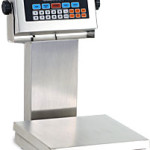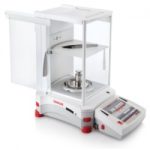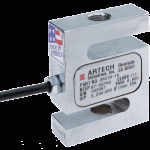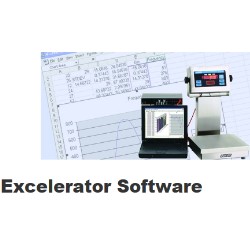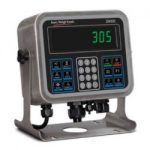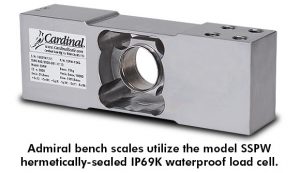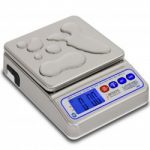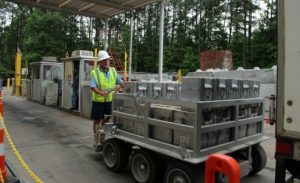Today more and more customers want to not only measure the weight of their products, but they also want to capture that information and send it to their laptop computer for data collection and further analysis. There are several ways to do this, and various software programs to help accomplish this as well. We offer various communication types like USB and ethernet and we offer some of the software as well, such as Doran Excelerator.
But today we wanted to mention the WinSPC software. Quite a few customers over the years have been interested in having their digital scales be able to connect to this real time statistical process control software.
WinSPC basically allows companies to compete in today’s worldwide economy since many manufacturers must constantly discover new and innovative ways to cut costs while consistently delivering the highest quality products for their customers. Now it’s important to note up front that we don’t sell WinSPC. The product does seem to be a really nice software though.
WinSPC provides a proven, effective way for manufacturers to quickly improve quality, reduce variation, monitor production or process changes, increase profitability and more. Best of all, WinSPC runs in real-time, collecting data to deliver real meaningful process information directly to operators or to quality engineers, supervisors, and management. WinSPC is a very popular real-time process control tool of choice for manufacturers that need a top of the line solution because WinSPC provides real time SPC capability than quality modules or other process control software products.
A key requirement of most continuous improvement, Six Sigma, and Lean Six Sigma programs is the ability to access timely manufacturing data. WinSPC’s data collection software enable manufacturers to quickly obtain product and process data from nearly any shop floor source, including: serial devices, text files, machines, gauges, databases, and other manufacturing systems. WinSPC’s data collection features offer the fastest, easiest way for quality engineers to quickly gather manual input, connect to devices, and capture data from other manufacturing sources.
The reason we’re mentioning all of this is that if you’re currently using WinSPC (or you’re thinking of purchasing it) and you need to add some digital scales to your company, give us a call at (919) 776-7737.
Our outstanding selection of Doran Scales can be setup to communicate effortlessly with the WinSPC software. Doran Scales offers RS-232 serial, usb, and ethernet connectivity. Many of these scales are NTEP legal for trade and many of the scales are available in stainless steel washdown capability if needed.
With Doran’s Excel Series Indicators line comes an array of “Value Added Standard Features and Options” for a wide variety of applications. In the scale industry, the RS232 Serial Port has been used for communications between scales, computers, or printers since the introduction of the personal computer. In 2002, PC manufacturers agreed to obsolete Serial Ports over time and replace them with USB communication ports.
Therefore, today’s computers are not always equipped with an RS-232 port, which makes the use of USB absolutely necessary. There are several benefits to using USB communications over RS232 Serial Ports. These include ease of use, reliability, flexibility, and compatibility.
Virtually every company today has an Ethernet network to distribute email, provide Internet access, share printers, and run enterprise wide software. Customers both large and small can leverage their existing Ethernet and PC hardware infrastructure and extend it to the factory floor. The merging of the administrative, control level, and device level networks makes for a less expensive and more connected data network. The result is an efficient end-to-end flow of data from the plant floor to the front office network, where it can be used to better manage operations.
Adding scales to an existing Ethernet network will not adversely affect the network speeds for existing devices. The speed of 10/100Base-T Ethernet networks that provide up to 100 Mbps communication bandwidth clearly eclipses the requirements for scale communications. A typical scale data string only requires about 200 bits, a tiny fraction of the available bandwidth for Ethernet.
As an example of the speed of Doran’s Ethernet option; The Excelerator Data collection software can monitor up to 20 scales with continuous print into one spreadsheet workbook in real time, while only utilizing 0.004% of the total network’s Ethernet bandwidth. Compare this to loading Google on Internet Explorer, which requires quite a bit more network bandwidth! Utilizing the existing Ethernet network without affecting existing devices makes Doran’s Ethernet communications option extremely cost effective.
The point of this article is to simply let you know that if you currently use WinSPC, or are considering purchasing the software, please keep us in mind when it comes to purchasing new digital scales that can connect to WinSPC software. You can reach our sales team at (919) 776-7737 or fill out our RFQ on the website.

